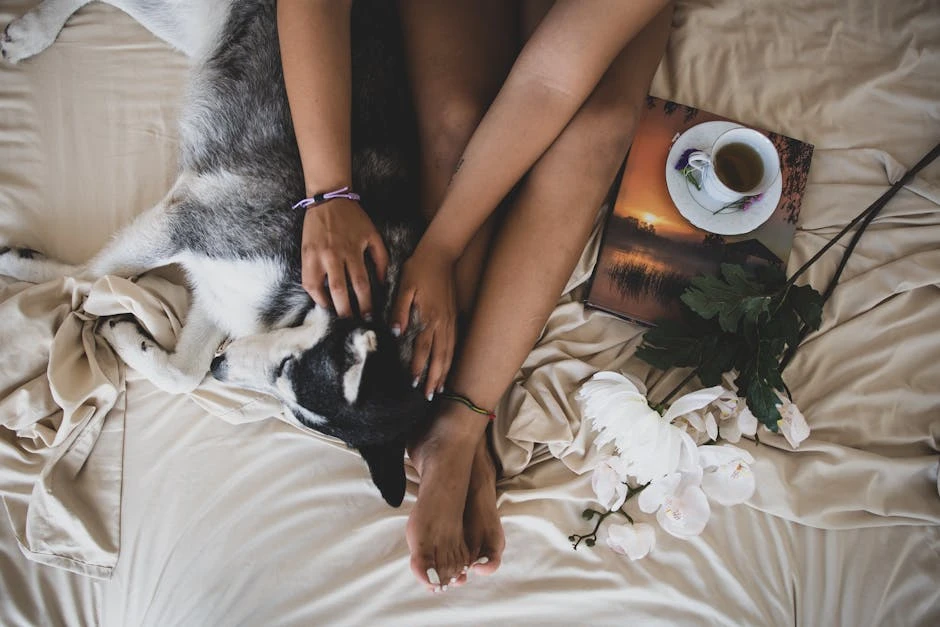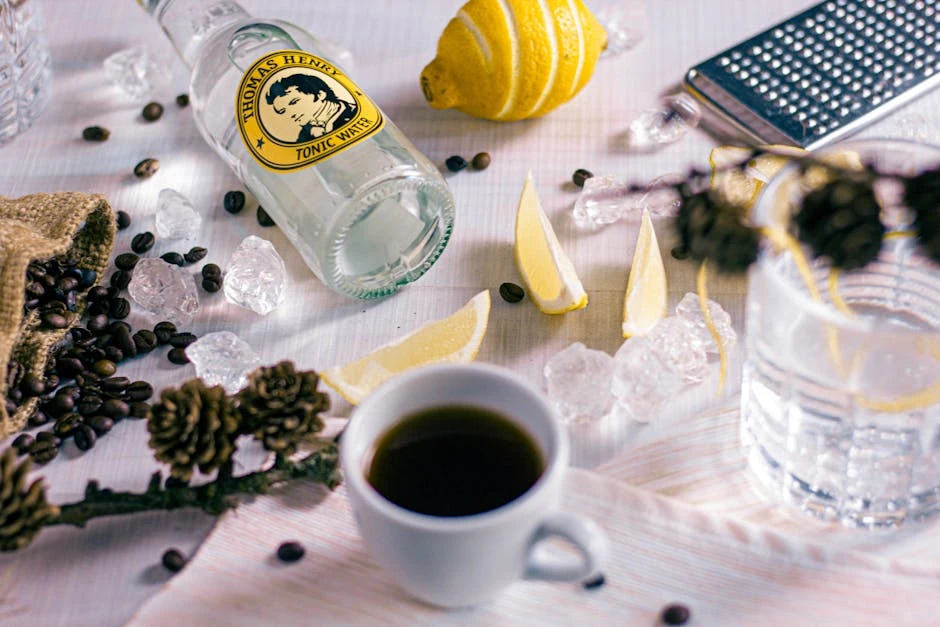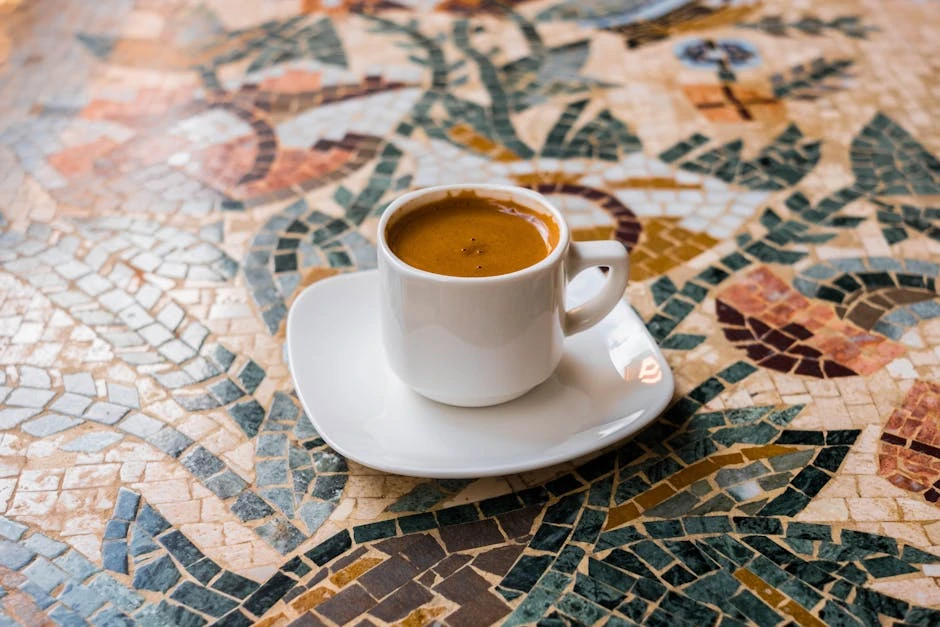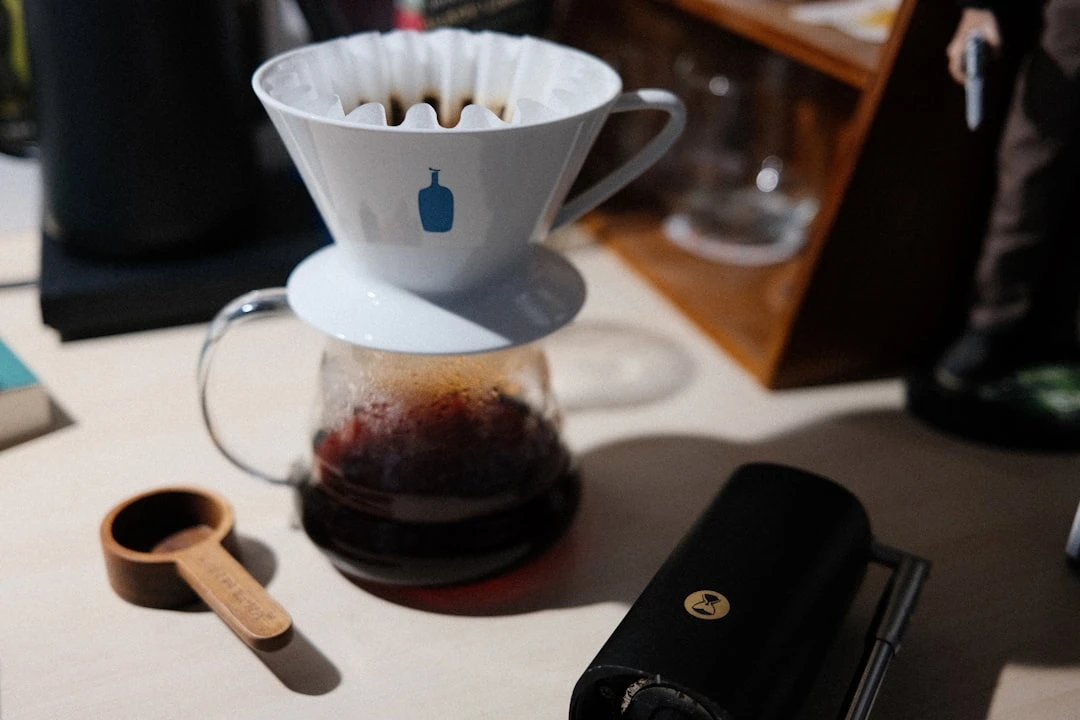Coffee-to-Water Ratios & Grind Sizes by Brew Method
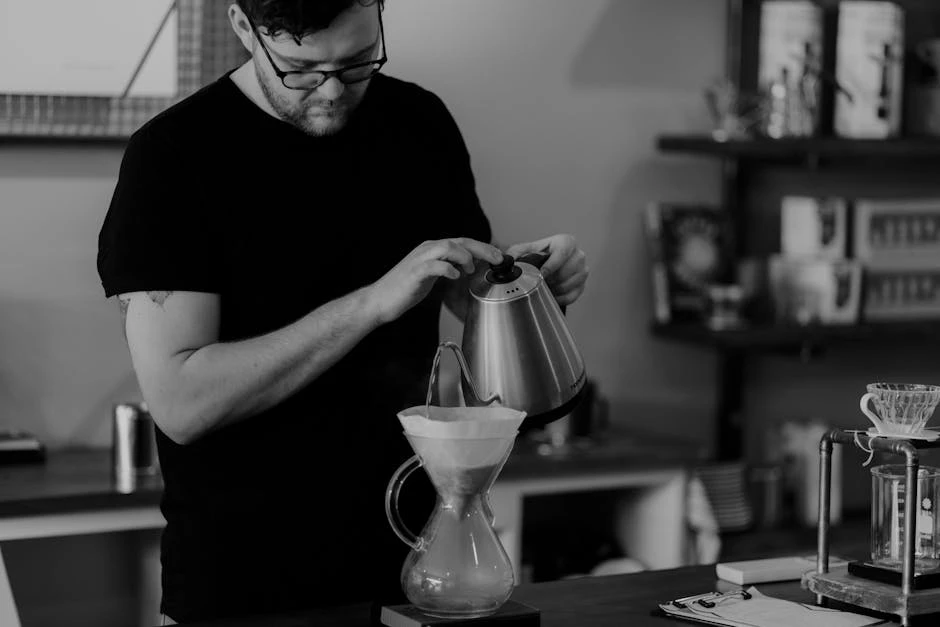
Coffee Brewing Ratios and Grind Sizes
Two things matter most: how much coffee dances with the water, and just how fine those beans crumble beneath the grind. Get these right, and it doesn’t matter if you’re using a sleek machine or that old French press you can’t quit.
The coffee-to-water ratio
This is where the magic—or misery—happens. Too much coffee, and it’ll knock your socks off. Too little, and you might as well sip rainwater. Start with 1:15—one gram of coffee for every 15 grams of water. Need a jolt? Bump it to 1:12. Prefer it mellow? Drift toward 1:18. Play around. Listen to what your taste buds tell you.
Grind size — the silent game-changer
Oh, the grind. Too fine, and bitterness creeps in. Too coarse, and you’re left with a hollow, sour shrug. Here’s the sweet spot for each brew:
- Extra Coarse – like peppercorns (cold brew)
- Coarse – like sea salt (French press)
- Medium-Coarse – between sea salt and sand
- Medium – like sand (drip machines)
- Medium-Fine – like table salt (pour over, Moka pot)
- Fine – like powdered sugar (espresso, AeroPress)
- Extra Fine – almost flour (Turkish coffee)
Tinker. Taste. Adjust. Maybe even stumble into something brilliant. When it clicks? That’s when every morning feels like a quiet win.
Understanding the Basics: Coffee to Water Ratios
That’s where the magic happens—the difference between a cup that sings and one that falls flat. Too much coffee? Bitter, like regret. Too little? Just tinted water, really. It’s all about finding that sweet spot.
A good place to start? The Golden Ratio—1:18 (one gram of coffee to eighteen grams of water). But don’t take it as gospel. Your taste buds run the show here:
- Like it punchy? Try 1:15—full-bodied, unapologetic, the kind that wakes you up properly.
- Somewhere in between? 1:16–1:17 is your sweet spot for drip or pour-over.
- More of a gentle nudge? 1:18–1:20 gives you something light, almost whispery.
No scale lying around? You can wing it with 1 tablespoon per 6 oz of water, but heads up—coffee plays tricks. Beans and grinds aren’t all the same, so if you’re serious, a scale’s your best friend.
And remember—not all brews are created equal:
- Espresso: Quick, fierce—1:2 does the job.
- French Press: Go bold with 1:12–1:15 for something thick and satisfying.
- Cold Brew: Start at 1:8 (then dilute it later—you’ll see why).
Adjust, sip, adjust again. And if you’re sick of playing guessing games? Grab a scale. Your mornings—and your coffee—will be better for it.
Grind Size Explained: How It Affects Extraction
Ever notice how some mornings, your coffee tastes like pure gold—and others, like something scraped off the bottom of a boot? More often than not, the difference comes down to the grind. Those fine, flour-like particles let water extract flavor in a quick, intense dance, while coarse, pebbly grounds take their time, slow and steady. Hit that sweet spot, and you'll swear there's music in your mug. Miss it, and... well, let's just say you'll be eyeing the creamer.
What's the Deal with Grind Size?
- Fine (espresso territory): Almost powdery. High-pressure water races through, pulling out deep, concentrated flavors in seconds. Use this in a slow brew method though, and you're signing up for a bitter, over-extracted mess.
- Medium (your trusty drip coffee): The just-right zone. Balanced, predictable, and forgiving—like your favorite pair of jeans.
- Coarse (French press vibes): Chunky, uneven bits that need time to open up. Go too fine here, and you'll be chewing your coffee instead of sipping it.
Match Your Grind to Your Gear
Every brewing method has its own tempo—your grind size is the drummer keeping the beat:
- Espresso: Fine as dust, brewed fast—20-30 seconds under pressure, like a caffeinated sprint.
- Pour-over/Drip: Medium, steady as a metronome—2-4 minutes of gentle dripping.
- French Press/Cold Brew: Coarse and unhurried—4+ minutes (or hours, for cold brew) of lazy soaking.
Signs You've Got the Wrong Grind
- Too fine? Your mouth puckers like you bit into a lemon.
- Too coarse? Tastes like someone whispered "coffee" near your cup.
Don't overthink it. The perfect grind isn't some hidden secret—it's just about noticing what works. Tinker a little. Taste a lot. When you find that sweet spot, your mornings will never be the same.
Brew Method Breakdown: Optimal Ratios and Grind Sizes
Getting that coffee-to-water ratio just right—along with the grind—is where the real magic starts. Each brewing method has its own little quirks, its own flow. Nail it, and the flavors just bloom. Here’s the lowdown for the ways you love to brew:
French Press
- Ratio: 1:15 (coffee to water).
- Grind: Chunky, like rough sea salt. Too fine? You’ll get sludge and a bitter aftertaste.
Pour-Over (V60, Chemex)
- Ratio: 1:16 or 1:17.
- Grind: Medium-fine, like granulated sugar. For Chemex? Go a touch coarser—those thick filters clog if you push it.
AeroPress
- Ratio: 1:12 for a stronger kick, 1:16 if you want it smoother.
- Grind: Fine to medium. Quick press? Fine. Letting it steep? Ease up.
Espresso
- Ratio: 1:2 (for a double shot).
- Grind: Powder-fine. Pack it tight—pressure’s the key.
Cold Brew
- Ratio: 1:8 if you’re making concentrate (dilute later), 1:4 for sipping straight.
- Grind: Coarse, like rough breadcrumbs. Fine grounds? Bitter regret after 12 long hours.
Drip Machine
- Ratio: 1:15 to 1:17.
- Grind: Like damp beach sand. Too fine? Harsh. Too coarse? Weak and thin.
Play around. Taste. Tweak. Your perfect cup? It’s waiting—just keep dialing it in.
Common Mistakes and How to Avoid Them
Nailing the coffee-to-water ratio and grind size can feel like alchemy—but let’s be honest, even the best of us have those "why does this taste like a mistake?" mornings. Here’s where things tend to unravel, and how to stitch your brew back together.
1. The Grind’s All Wrong
Using a fine grind in a French press? Hello, bitterness. Chunky grounds for espresso? A sour little letdown. Fix: Pair the grind to your method—dust-fine for espresso, medium like beach sand for drip, and rough as breadcrumbs for French press or cold brew.
2. Eyeballing It (And Missing)
Guessing measurements is like playing kitchen roulette. Too much coffee? Harsh. Too little? A ghost of what could’ve been. Fix: Break out the scale. Try 1:15 to 1:18 (coffee to water), then tweak from there. Your taste buds will notice.
3. Water Woes
If your tap water tastes like a pool or a handful of pennies, well—there’s your problem. Fix: Run it through a filter. Suddenly, your coffee tastes like it’s supposed to: bright, clean, and alive.
4. Timing Is Everything
Leave a French press steeping too long? Biterness overload. Rush a pour-over? Flat and forgettable. Fix: Trust the clock. 4 minutes for French press, 2–3 for pour-over. No more winging it.
5. Stale Beans or Pre-Ground Sadness
Pre-ground coffee fades fast, and discount beans? Might as well drink hot water. Fix: Treat yourself to whole beans, grind them fresh, and keep them sealed tight—they deserve it.
Dodge these traps, and your coffee’ll climb from "meh" to "more, please" in no time. Tinker, sip, and find your rhythm—because bad coffee’s just not worth it.
Advanced Tips for Perfecting Your Brew
That perfect cup? It’s not just about precision—it’s a slow, curious kind of alchemy. Here’s how to make your mornings hum.
Your Water’s Secret Life
Tap water’s a gamble. Try filtered, with just enough minerals to make things interesting—around 150 ppm. And heat? Aim for that sweet spot between 195–205°F (90–96°C). Too hot, and it’s harsh. Too cool, and it’s just… disappointing.
Grind With Purpose
A bad grinder leaves you with uneven bits—some too fine, some stubbornly coarse. A burr grinder’s worth it. For pour-over or espresso, a quick sift keeps the bitterness at bay.
The Magic of the Bloom
Start with just enough water to wet the grounds. Wait. Those 30–45 seconds of quiet bubbling? That’s your coffee waking up. Adjust the brew time—finer grounds need less, coarser ones more.
Water’s Dance Moves
A little stir, a slow swirl—keep the water moving, but gently. If you’re pouring, take your time. No rushing, no shortcuts.
Tweak It ‘Til It’s Yours
Too bitter? Try a coarser grind or pull back the brew time. Too weak? Go finer or let it steep longer. Jot down what works. Tomorrow’s cup will thank you.
Small shifts, big flavor. Experiment. Taste. Repeat. Before long, you’ll have a brew that feels like it was made just for you.
Coffee-to-Water Ratios & Grind Sizes by Brew Method Table
| Brew Method | Ratio (Coffee:Water) | Grind Size | Notes |
|
Pour Over (e.g. V60, Chemex) |
1:15–1:17 |
Medium-fine (like table salt) |
Clear and bright flavors |
|
French Press |
1:12–1:15 |
Coarse (like sea salt) |
Rich, full-bodied cup |
|
Espresso |
1:2–1:2.5 |
Fine (like powdered sugar) |
Strong and concentrated |
|
AeroPress |
1:12–1:15 |
Medium to fine (depends on recipe) |
Versatile; try both |
|
Cold Brew |
1:5 (for concentrate) |
Coarse |
Steep 12–24 hours, dilute to taste |
|
Drip Machine |
1:15–1:17 |
Medium (like sand) |
Standard home method |
|
Moka Pot |
1:7–1:10 |
Medium-fine |
Not as fine as espresso grind |
Conclusion: Finding Your Perfect Cup of Coffee
Honestly? That dream cup comes down to two simple things: the dance between coffee and water and how finely you grind those beans—both shift depending on how you brew. Whether you're after that punchy espresso, a silky pour-over, or a rich French press, mastering these basics means you can tweak it until it sings.
For espresso, think powder-fine grind and a snug ratio (1:2—coffee to water) to pull that bold, velvety shot. Drip lovers (Chemex, V60, you know the drill) should aim for medium-fine with a breezier ratio (1:15 to 1:17) to keep it lively and bright. French press? Go chunky with the grind and nudge the coffee up a bit (1:12 to 1:15) for that deep, cozy hug of flavor. And cold brew? Chunkiest grind of all, plus patience and a hefty ratio (around 1:8) for that smooth, no-bite magic.
Start here, then trust your taste—tweak, sip, repeat. A solid grinder and a scale? Game-changers. Oh, and don’t sleep on water just shy of boiling (195°F–205°F) or fresh beans. They’re the quiet heroes.
Truth is, "perfect" is whatever makes you close your eyes and sigh. Once you get how grind and ratios play with flavor, you’re free to finesse it ’til it’s yours. Have fun with it—half the joy’s in the chasing. Cheers!
Related Articles
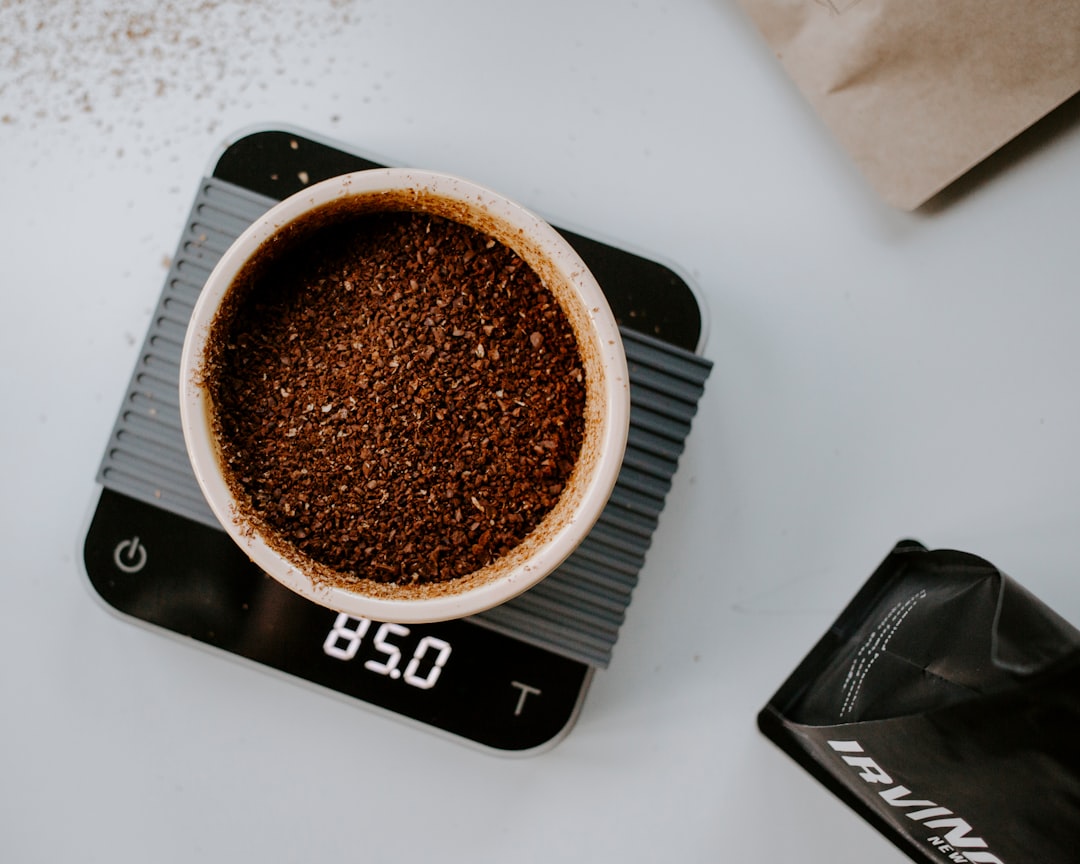
The Ultimate Guide to Cold Brew Grind Size: Why Your Coffee Tastes Wrong
Read More →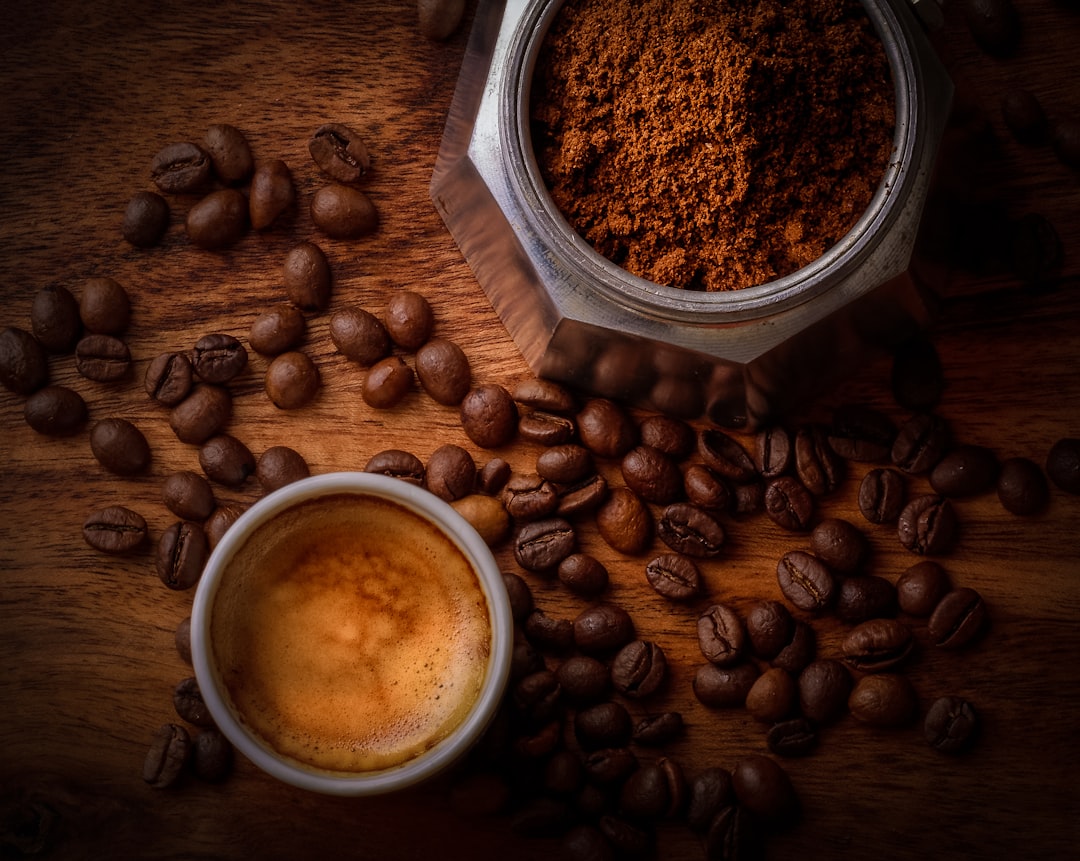
How to Make Coffee Less Bitter: 6 Easy Tips for a Smoother Cup
Read More →